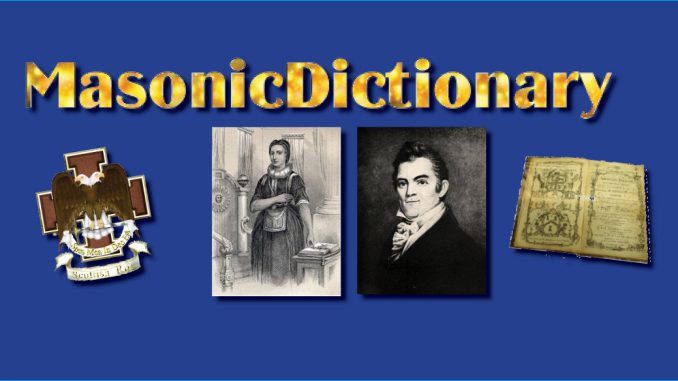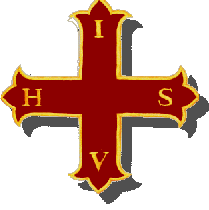
 An invitational body of the York Rite
An invitational body of the York Rite
The Order of “The Red Cross Of Constantine” is, like the York Rite Sovereign College of North America, a Masonic body for which membership is by invitation only. It is considered by many to be the highest honor that can be awarded within York Rite Masonry. The membership of each Conclave is limited and a potential candidate must have demonstrated a high level of dedication and performance in his Masonic activities, be proposed for membership by a member knight, and pass a unanimous ballot in an open Conclave.
This Order of Masonic Knighthood is based upon Trinitarian Christianity and was traditionally founded by Constantine the Great after the Battle of Saxa Ruba in 312 AD. While no direct connection can be made with that legendary Order, the principles and attributes have been carried over into and are emulated within this branch of modern Freemasonry.
The Degrees of the Red Cross of Constantine
Knight of the Red Cross of Constantine
The degree relates the legend of Emperor Constantine’s conversion to Christianity after the Battle of Saxa Ruba in 312 AD when he saw a Cross in the sky with the motto “In Hoc Signo Vinces” In this sign you shall conquer. The core of the degree involves the secret doctrine involving the Labarum or banner of victory. The lecture of the degree relates the Roman College of Architects.
Knight of the Holy Sepulcher
Christian tradition tells us that St. Helena, the mother of Constantine the Great, discovered the True Cross on which Christ was crucified along with two others. It was by Divine intervention that she was able to discern the True Cross from the others. This legend is the basis of this degree and the candidate takes part in a vigil in the sanctuary of the Holy Sepulcher.
Knight of St. John the Evangelist
This degree is always conferred along with the preceding one and together make up the internal appendant degrees of the Conclave system. The ritual deals with the tradition of a certain discovery made at the ruins of the first Temple and the subsequent formation of the Knights of St. John. The Masonic interpretation of this legend is most interesting and attempts to explain the Craft and Chapter degrees in an exclusively Christian sense. To this end it is a departure from the universalistic tradition at the core of modern day Freemasonry.
